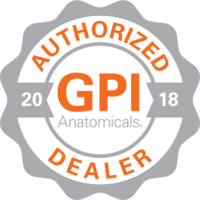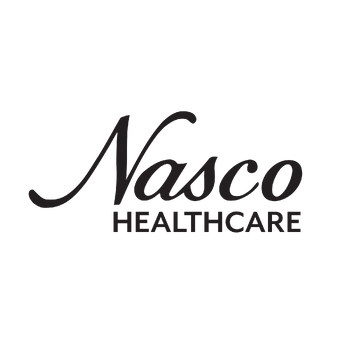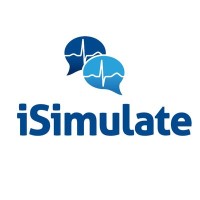Acupuncture and trigger point therapy - what is the difference
What are the differences between Acupuncture and Trigger Point Therapy
Acupuncture and trigger point therapy
What is acupuncture?
Acupuncture originates from China and can be sourced back to at least 2500 years. Traditional Chinese medicine describes acupuncture as a functional technique used for maintaining and sustaining the balance of the flow of energy or life force — known as qi or chi (pronounced "chee"). CHEE is believed to flow in definite pathways or channels known as (meridians) in your body.
Chinese doctors visualize meridians like a river that supplies life-governing water to surroundings, meridians distribute flourishing energy to the different parts of the body. However, when the flow of this energy is interrupted, several health conditions occur and acupuncture is deployed.
Acupuncture has become an integral part of the health care system of China as more and more physicians utilize it for treating a broad range of diseases. A recent study has pinpointed that acupuncture may help alleviate the symptoms of indigestion that are commonly experienced by pregnant women. The practice of acupuncture in the history of American medicine was rare till the visit of President Richard M. Nixon to China in 1972 and the open in relations between the two countries. Since then, the use of acupuncture applications has boomed in the United States and Europe.
So how does acupuncture work?
The composing theory of acupuncture revolves around the notion that by puncturing the skin with thin needles into specific anatomical points in the body along these meridians, the energy flow will re-balance. These anatomical points or acupuncture points are thought to feature unique electrical properties that when pressed they alleviate pain. The human body contains more than 321 acupuncture points inter-connected through meridians. While this is the prevailing though in china, many western doctors view acupuncture points as areas when pressed, they stimulate nerves and muscles and this stimulation provokes the body to increase its production of painkillers and augments blood flow.
What is Trigger Point Therapy?
Trigger point therapy (TPT) is a form of alternative therapy that roots back to more than 200 hundred years and focuses on detecting and treating trigger points. Trigger point therapy is sometimes referred to as myofascial trigger point therapy. It has evolved since the mid-1800s and is still widely used to treat some conditions such as back Pain, Parkinson’s disease and heel Pain.
Trigger Points are certain areas of hypersensitivity that take place in the taut bands resulting from the pathogenesis of muscle tissues. These areas appear to have distinguished patterns that have been pinpointed down, studied and proven to exist. Trigger points usually cause severe pain in different parts of the body such as the neck or the back and are roughly 255 points. They function in a self-contained model system of pain referral. For example, a trigger point in the back could generate pain in the neck. Then the neck transfers that pain to another part of the body—acting as a satellite trigger point. The pain runs in a cycle and is commonly intense and sharp accompanied with irritating headache. This cycle of consistent pain transportation is called "referral patterns." and approximately 74% of the time trigger points are not precisely located where you feel the pain symptoms.
These referral patterns do not necessarily follow nerve pathways but can occur anywhere in the body. Trigger points, when pressed, feel like "knots" or tight bands in the muscle, and are generally so tender on the contrary to healthy muscles which do not form knots or tight bands. There are three different types of trigger points: active, latent and satellite. To alleviate the source of pain resulting from trigger points, trigger point therapy is applied. Trigger point therapy is a multifaceted treatment, it comes in different forms such as injections, mechanical vibration, massage, and other techniques. The most commonly used form is dry needling, a technique which is based on inserting a hollow needle into trigger points.
WHAT, wait a second, but this is acupuncture, I am perplexed now what is the difference?!!
Well, the only similarity between acupuncture and dry needling is that they both use disposable, sterile, solid filament needles. The differences multiply, for example the core of trigger Point Dry Needling is pure western medical research, theories and principles, whereas acupuncture is based on traditional Chinese medicine. The overlap between trigger point sites and acupuncture point sites could be revealed and dissected in different ways, for example, trigger point therapy does not focus on restoring the balance of chi flow. Furthermore, acupuncture is used to treat a wide array of health problems, on the other hand, trigger point therapy is primarily used for treating musculoskeletal diseases.
Acupuncture advantages over TPT:
Dry needling primarily treats the symptoms while acupuncture has a slightly more profound mechanism as it address the underlying causes of pain. The utilization of dry needling is confined in the area of treating orthopedic conditions, generally muscle pain. However, acupuncture treats a wider category of conditions which could reach internal medicine such as digestive problems, anxiety, and high blood pressure. The most important merit of acupuncture is that it is relatively painless while dry needling is uncomfortable or painful.



















